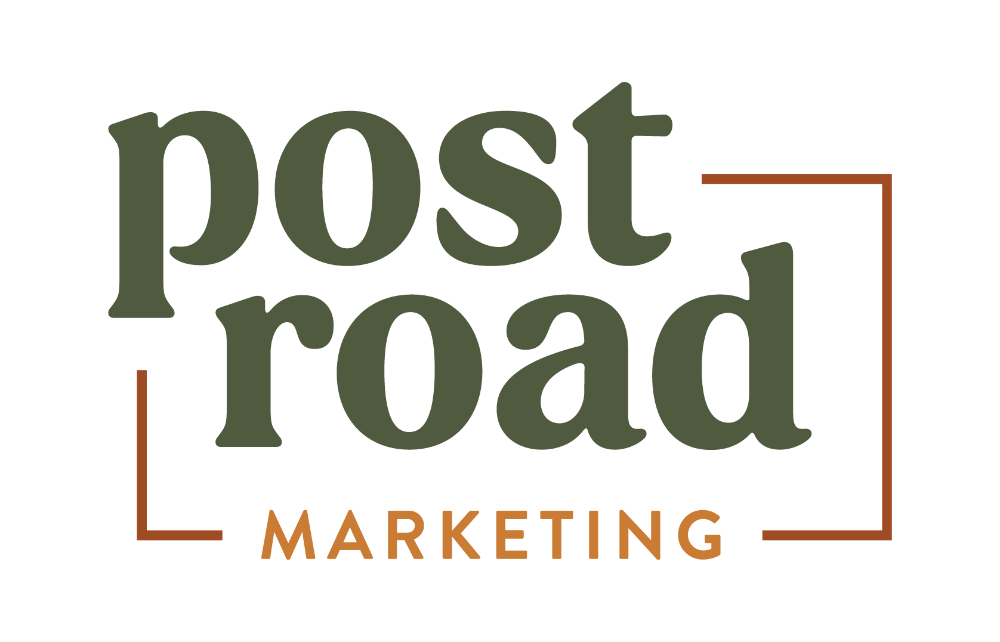How to Email Your List Without Being Annoying (A Simple Framework)

You know that feeling right before you hit 'send' on a newsletter? That little voice that whispers, "Am I annoying them? Is everyone going to unsubscribe? Does this make me look like a desperate, spammy asshole?"
Yeah, that one.
That feeling is why your email list is gathering digital dust. You know you should be emailing them, but the thought of actually doing it makes you want to go clean your oven or organize your spice rack. Anything but face the blinking cursor.
Here's the gut punch: That fear isn't about you being annoying. It's about you not having a plan.
You're showing up to the party empty-handed, so all you can do is awkwardly ask people to buy your shit. No wonder it feels gross.
The gurus tell you to "provide value," but what the hell does that even mean? It's vague, unhelpful advice that leaves you staring at a blank page, paralyzed by the pressure to be profound.
Let's cut the bullshit. Email marketing isn't some mystical art form. It's a system. And once you have a system, the fear disappears because you're no longer guessing.
The "Party Guest" Framework for Emails That Don't Suck
Think of your email list like a party you're hosting. If you only ever walk around shouting, "Buy my stuff!" people are going to leave. The best party guests (and email marketers) do three things:
- They tell a good story.
- They bring a good gift.
- They know how to read the room.
That's it. That's the whole framework. Here's how it works for your emails.
Part 1: The Story (One Part You)
This is where you remind them there's a human on the other side of the screen. It's a personal story, a weird thought you had, a behind-the-scenes glimpse, a relatable rant. It doesn't have to be a deep, dark secret. It just has to be real.
Example:
"I spent 20 minutes last week trying to open a jar of pickles. It was a whole thing. My partner was laughing, I was swearing, and the pickles were winning. It also reminded me that sometimes the simplest-looking problems—like writing a damn email—are the most frustrating."
See? Not earth-shattering. Just a human moment. This is the part that builds connection.
Part 2: The Gift (One Part Them)
This is your "value," but without the pressure. It's a quick tip, a link to a cool tool, a piece of advice they can use today. No strings attached. It's a generous act.
Example:
"Speaking of frustrating problems, if you're stuck on what to post, here's a free headline generator that doesn't suck. It's great for brainstorming when your brain feels like a dial-up modem."
This proves you're not just there to take. You're there to give.
Part 3: The Ask (One Part Us)
This is the only time you ask for something. Because you've already told a story and given a gift, asking for something now feels natural, not needy. The "ask" doesn't even have to be a sale.
Examples of soft asks:
- "What's your pickle-jar problem this week? Hit reply and tell me." (Builds engagement)
- "I wrote more about this on the blog. You can read it here." (Drives traffic)
- "I'm thinking of creating a workshop on this. Would that be useful?" (Gauges interest)
How Often Should You Show Up to the Party?
Forget the gurus who scream "EMAIL DAILY!" You'll burn out, and your list will get pissed off. For most businesses, once a week is the sweet spot.
Why? Because consistency builds trust. Your audience learns to expect you. It's like a standing coffee date. Showing up once a week, every week, is a hell of a lot better than showing up four times one week and then disappearing for a month.
Remember, email marketing has an average ROI of $36 for every $1 spent. It's the most valuable asset you have. Don't let fear and a lack of a plan keep you from using it.
Your Invitation
You don't need to be a brilliant writer or a marketing genius to send good emails. You just need a system. Stop staring at the blank screen and start thinking like a good party guest.
Tell a story, bring a gift, and then, only then, make an ask.
Ready to build a marketing foundation that actually works? Join our Weekly Route Planner newsletter for strategic marketing advice that cuts through the noise.
